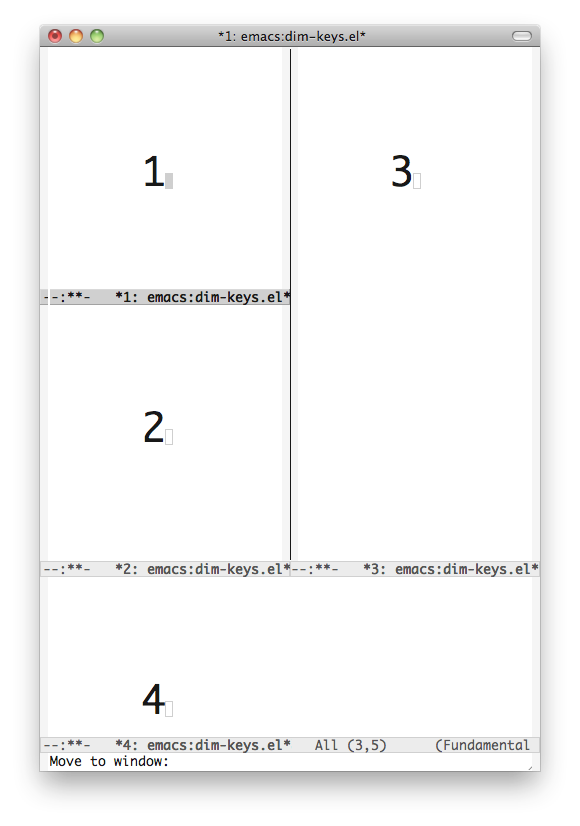
I wanted to play with the idea of using the whole keyboard for my switch-window utility, but wondered how to get those keys in the right order and all. Finally found quail-keyboard-layout which seems to exists for such uses, as you can see:
(loop with layout = (split-string quail-keyboard-layout "") for row from 1 to 4 collect (loop for col from 1 to 12 ("q" "w" "e" "r" "t" "y" "u" "i" "o" "p" "[" "]") ("a" "s" "d" "f" "g" "h" "j" "k" "l" ";" "'" "\\") ("z" "x" "c" "v" "b" "n" "m" "," ".

Thanks to you readers of Planet Emacsen taking the time to try those pieces of emacs lisp found in my blog, and also the time to comment on them, some bugs have been fixed, and new releases appeared.
el-get had some typo kind of bug in its support for apt-get and fink packages, and I managed to break the elpa and http support when going all asynchronous by forgetting to update the call convention I’m using.

In trying to help an extension debian packaging effort, I’ve once again proposed to handle it. That’s because I now begin to know how to do it, as you can see in my package overview page at debian QA facility. There’s a reason why I proposed myself here, it’s that yet another tool of mine is now to be found in debian, and should greatly help extension packaging there. You can already check for the postgresql-server-dev-all package page if you’re that impatient!

Thanks to amazing readers of planet emacsen, two annoyances of switch-window.el have already been fixed! The first is that handling of C-g isn’t exactly an option after all, and the other is that you want to avoid the buffer creation in the simple cases (1 or 2 windows only), because it’s the usual case.
I’ve received code to handle the second case, that I mostly merged. Thanks a lot guys, the new version is on emacswiki already!

So it’s Sunday and I’m thinking I’ll get into el-get sometime later. Now is the time to present dim-switch-window.el which implements a visual C-x o. I know of only one way to present a visual effect, and that’s with a screenshot:
So as you can see, it’s all about showing a big number in each window, tweaking each window’s name, and waiting till the user press one of the expected key — or timeout and stay on the same window as before C-x o.
